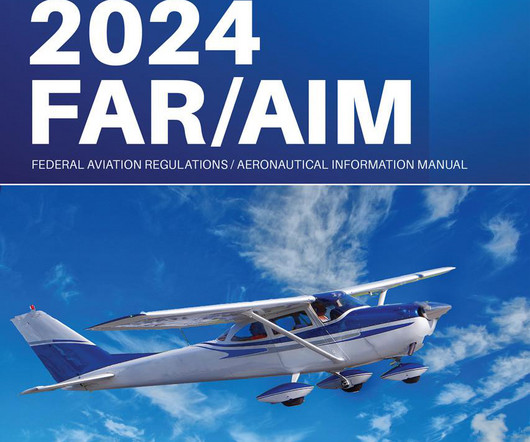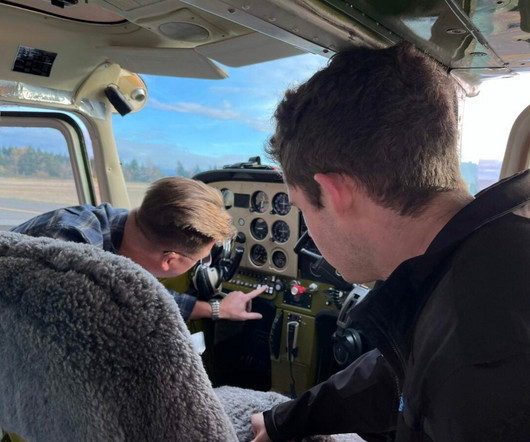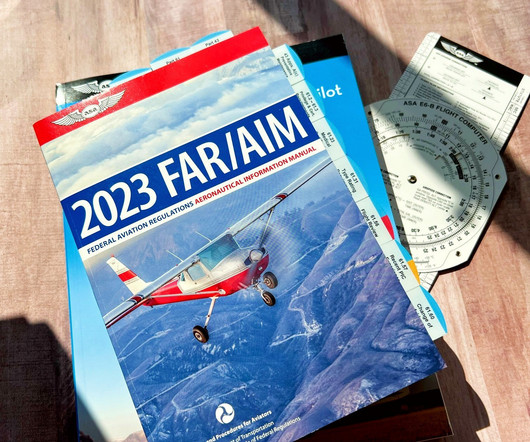Ditching Demystified: What Every Pilot Should Know About Landing on Water
Flying Magazine
JUNE 23, 2025
The Aeronautical Information Manual (AIM) discusses water landings in Paragraph 6-3-3, Ditching Procedures. The AIM says that, when possible, the ditching heading should be parallel to the swell, which might mean a crosswind landing. And all kinds of critters. What to Do?











Let's personalize your content